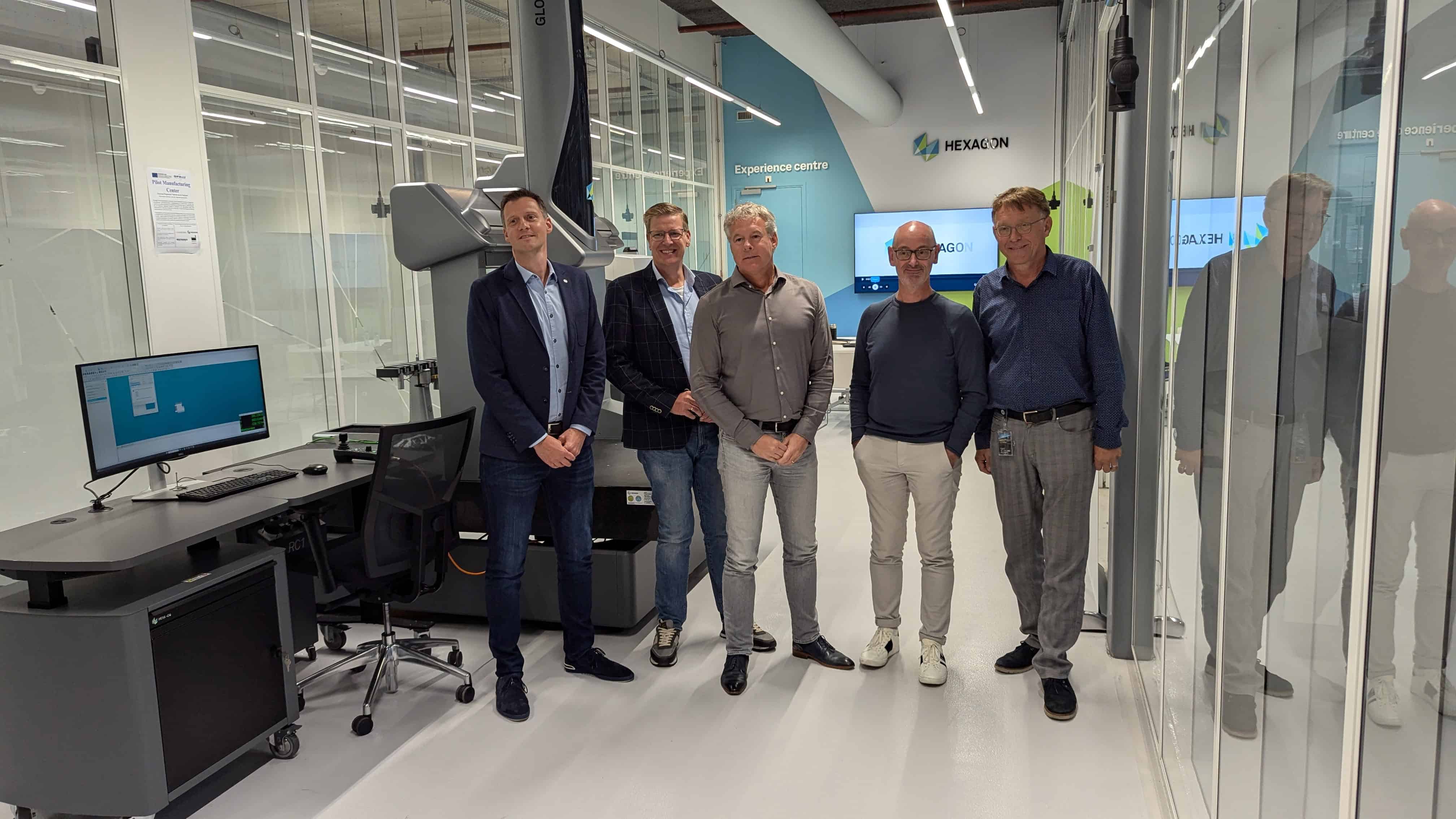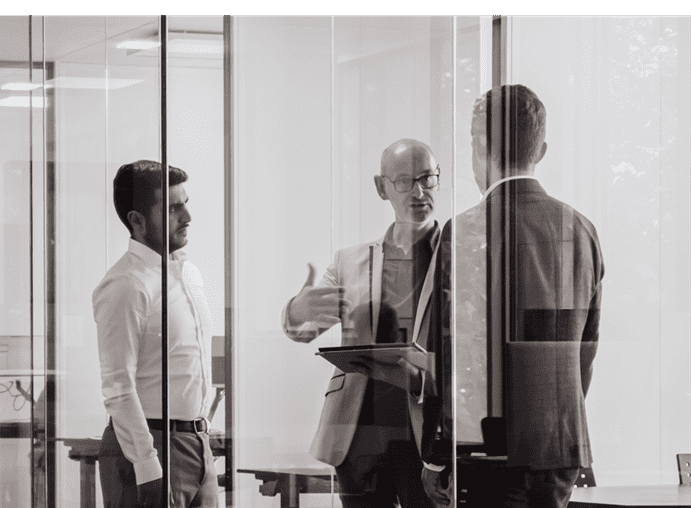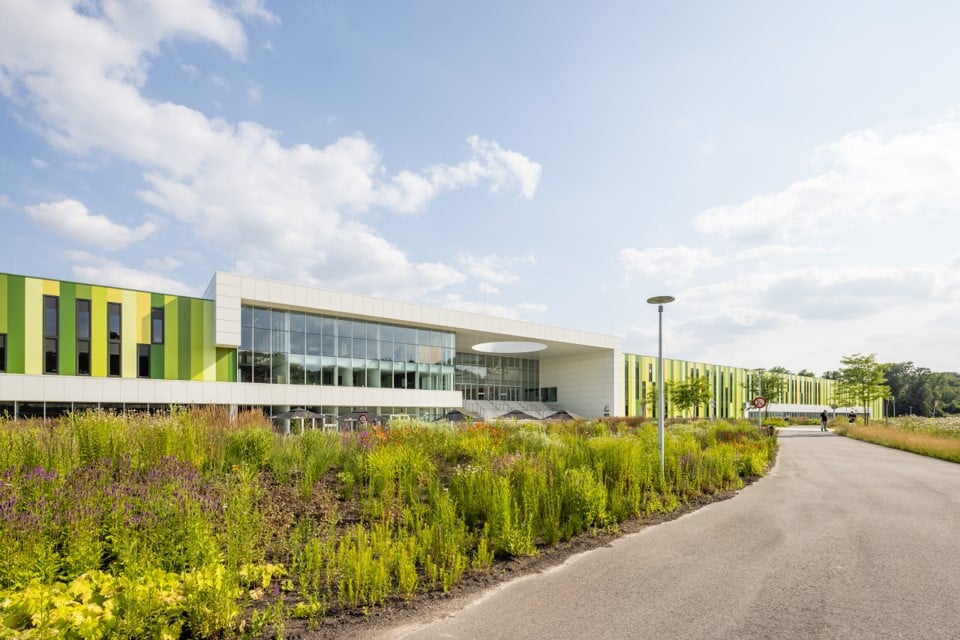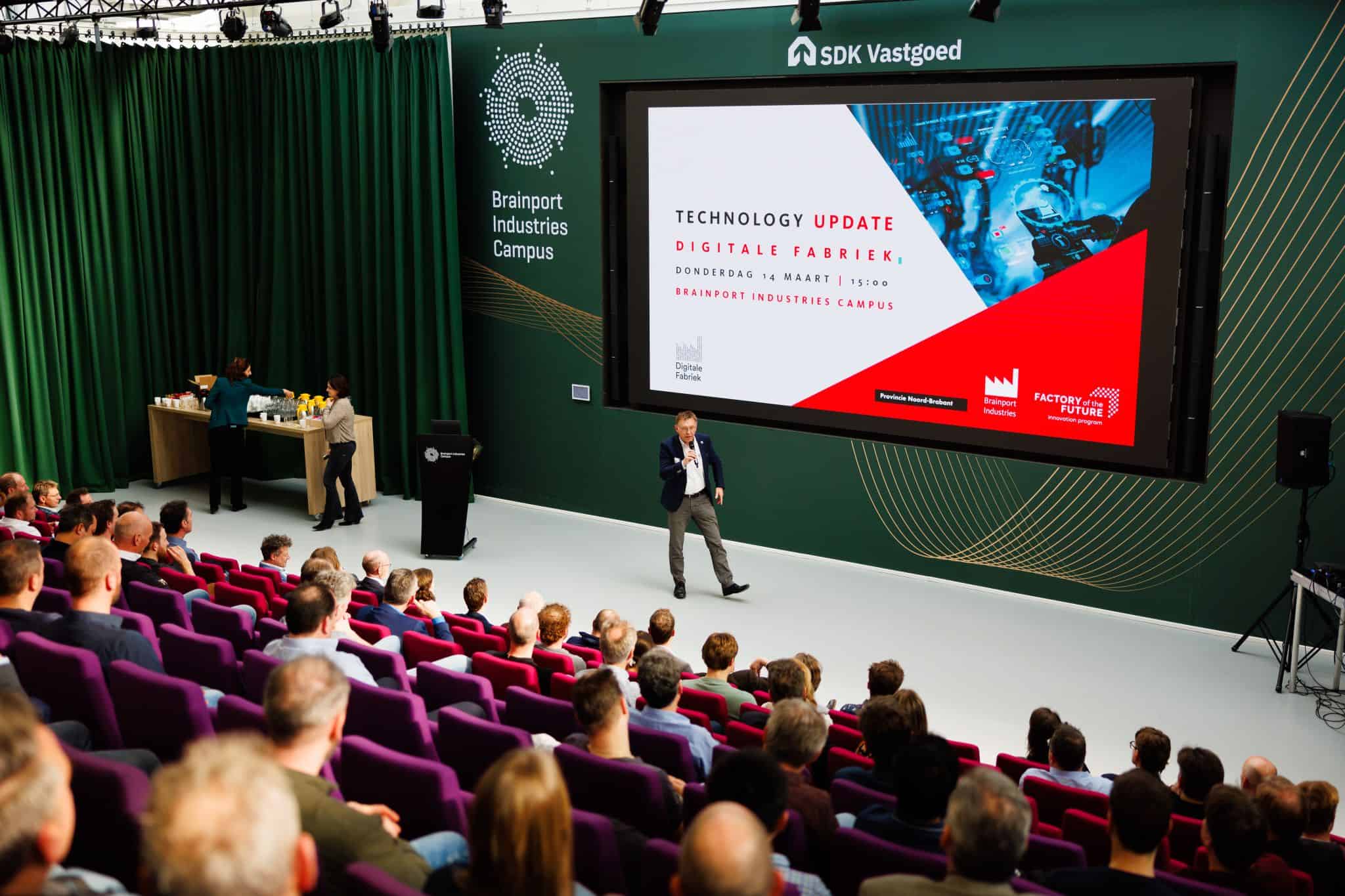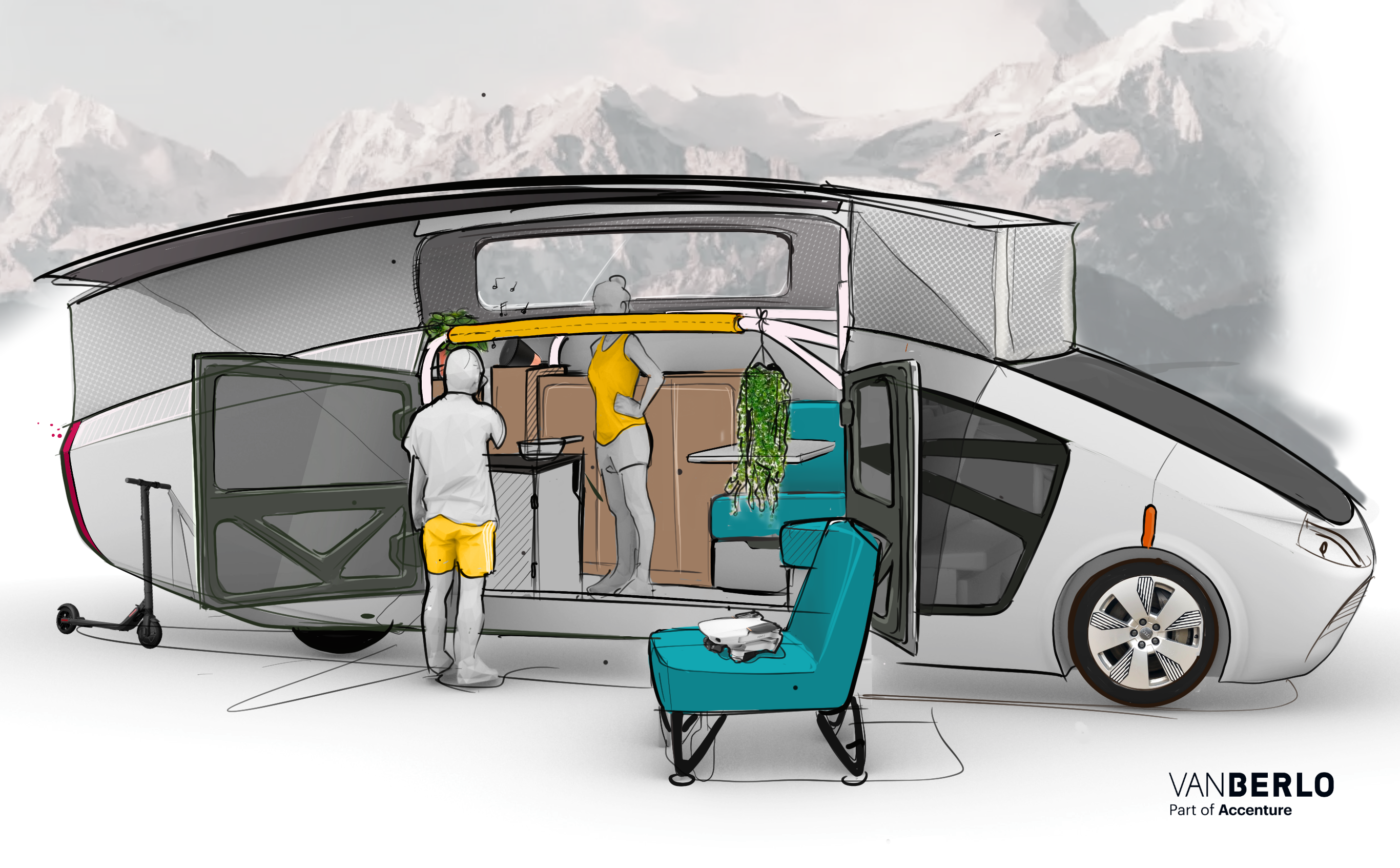
Self-sustaining House On Wheels, or SHOW for short, the new vehicle from Solar Team Eindhoven, drove its very first meters this weekend. The team is now pulling out all the stops to put the finishing touches on the self-sustaining house on wheels before 18 September. Then the 22-strong team will embark on a 3000 kilometre journey through Europe with Tarifa – the southernmost tip of Spain -as its final destination.
Read more about the TU/e Solar Team here.

Along the way, SHOW will participate in various events such as the iLumen European Solar Challenge at the Zolder circuit in Belgium and will continue on via Brussels to Paris to the Le Mans circuit. After that, SHOW will head further south through France to Spain.
Actually, the students were supposed to be on the road a week earlier, but corona threw a spanner in the works. “Testing is difficult when almost everyone is in quarantine. We have been able to do some testing, but have not been able to drive the car yet. Fortunately, everyone is healthy now, and we can get on with it,” says Lotte van Dasler, responsible for the Solar Team’s PR and events, with a sigh of relief.
Different clusters
In order to avoid further delays, the team is working in different clusters. “We have divided the important functions that we really can’t do without into two different clusters. These will not come into contact with each other. If someone does drop out, the second team can take over. If necessary, we can also make video calls, although that’s far from ideal.”
For the time being, the route will remain unchanged. The team is keeping a close eye on any news about European corona infections. Van Dasler: “But there is no point in letting this get us down. We will decide two weeks beforehand we leave if we need to change anything along the route.”
“It is hectic enough as it is”, Innovation & Technical Partnerships Manager Charlot Felderhof also says. The team is working late into the night in their workshop on the Brainport Industries Campus (BIC). “It’s going to take a bit more perseverance. Last weekend, the roof was installed and this week we will start on the interior. These really concern the last few finishing touches.” According to her, it is bizarre to realize that everything is almost finished now. “In the beginning, we spent months sketching out the parts. Now all those parts are actually in SHOW. That’s great for our engineers. But also for everyone involved, in fact.”
Better a good neighbour than a far-flung friend
Fortunately, the team did not have to make all these parts on their own. They were assisted in the production by various companies at BIC. For example, students from Summa College, as trainees at KMWE, fabricated different parts for SHOW. Felderhof: “The trainees did a lot of our milling work. KMWE is located opposite our workshop, so our engineers could easily drop by and take a look. That’s worked out really well.”
“When everything was finished, we took the trainees to our workshop. That way they could see with their own eyes where their work ended up. Normally, trainees don’t see their own milling work in actual practice. Parts are often sent off immediately. Being able to see this now was very special for them. It was nice to see how proud the young students were,” notes Felderhof.

“The lighter the vehicle, the more efficient the use of solar energy. Lightweight parts are essential”, Felderhof emphasizes. “Two engineers have been working on this full-time. Everything around the vehicle has to be as light as possible, but at the same time strong enough as well. We opted for aluminium because it is lighter than steel. We also have ceramic bearings in the wheels. These are made at Ceratec here on the campus.”
Get out from behind that computer and get to work
The SHOW dashboard incorporates a system that transmits all kinds of information about energy levels, the status of batteries and solar panels. For this project, TU/e students worked together at BIC with students from Avans University of Applied Sciences. Both women are very pleased with this collaboration. “As university students, we want to calculate everything and do endless research. Is this even possible? Perhaps a different design would work better? But at some point, you have to get out from behind that computer and get to work. The practical approach taken by universities of applied sciences has certainly helped us with this.”
The coming period will be devoted entirely to testing so that nothing can go wrong along the way. Felderhof: “We have a tight deadline and the next while we will be driving around the region for weeks on end. First at low speeds of up to 30 kilometres per hour. If all goes well, we’ll raise that to 50 km per hour and keep on increasing the speed. The ultimate goal is to reach 120 kilometres per hour.”
Felderhof and Van Dasler are confident this will work out and are really looking forward to the trip. “We will pass by several iconic race tracks and we will also be driving through Paris with our solar vehicle. This is what we have been working for all along. That we are now making this trip together is really cool.” Van Dasler adds: ” With this, we are showing the rest of Europe a new form of mobility. I am really curious about the reactions.”



